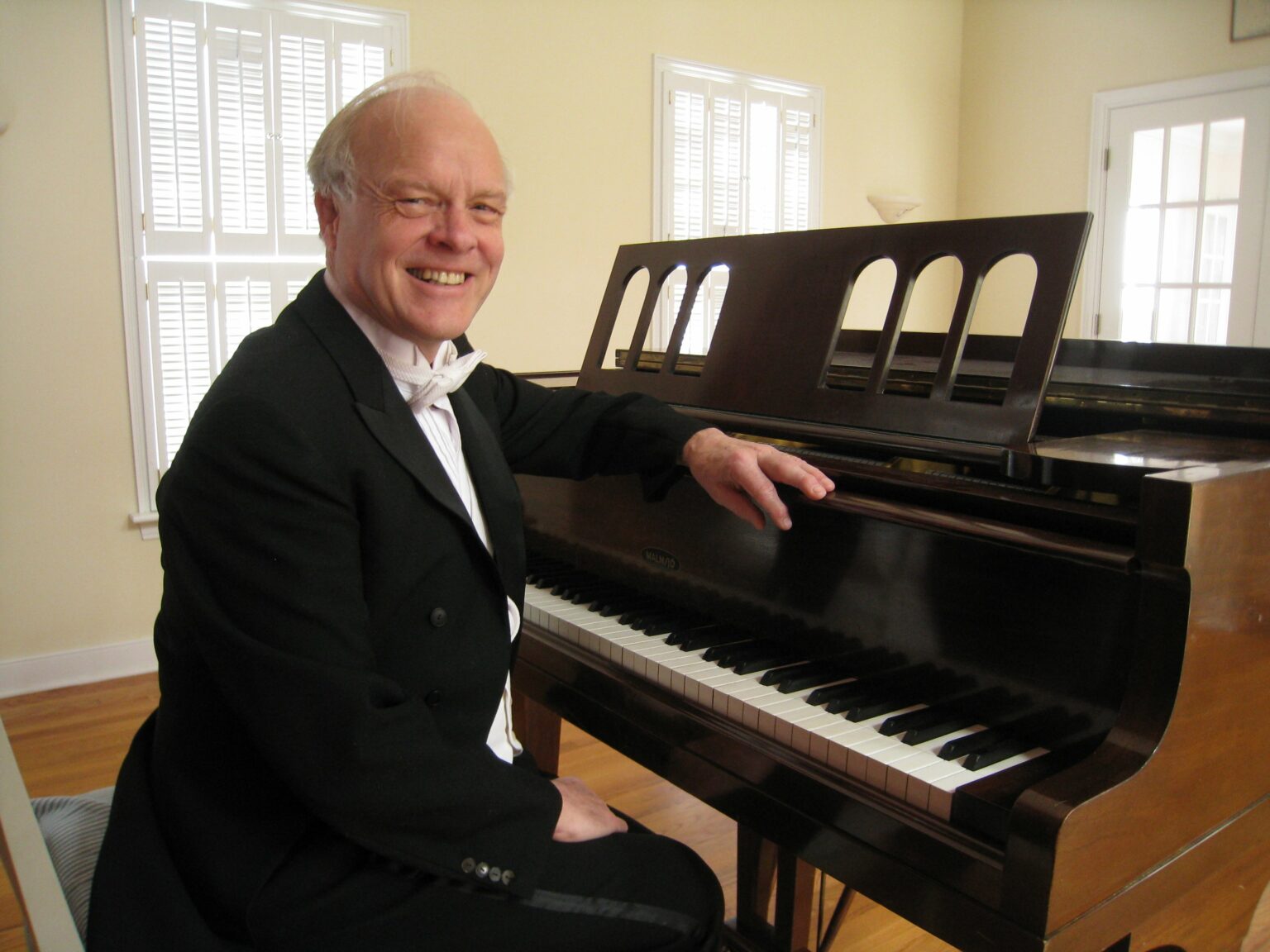A couple of weeks ago, a seemingly unremarkable paper titled “On the invariant subspace problem in Hilbert spaces” appeared on the arXiv preprint server. This concise 13-page document, with only one reference, claims to hold the answer to a mathematical conundrum that has stumped scholars for over 50 years – the Invariant Subspace Problem.
Available online the manuscript written by Prof Enflo in which, as announced yesterday exclusively in Boletín del IMI (https://t.co/LFxufmxk8R) is intended to give a definitive answer to the invariant subspace problem in Hilbert spaces
See the manuscript: https://t.co/KIuFGnqXjn pic.twitter.com/inqcuBIYyV
— Angel Manuel Ramos del Olmo (@AMRamosDelOlmo) May 26, 2023About Per Enflo

The author of this paper is not an ambitious newcomer but a seasoned mathematician, Per Enflo. At nearly 80, Enflo has already made significant contributions to the field of mathematics, solving open problems and making a name for himself. Born in 1944, Enflo is not only a distinguished mathematician but also a celebrated concert pianist. He has performed and recorded numerous piano concertos, captivating audiences worldwide.
Enflo’s Contributions to Mathematics
Enflo’s expertise extends to functional analysis, where he has solved two other significant problems – the basis problem and the approximation problem – both of which had remained unresolved for over four decades. His solution to the approximation problem led him to solve an equivalent puzzle, Mazur’s goose problem. In 1936, Polish mathematician Stanisław Mazur promised a live goose to anyone who could solve his problem. True to his word, Mazur presented the goose to Enflo in 1972.
Understanding the Invariant Subspace Problem
But what is the Invariant Subspace Problem? In simple terms, it involves vectors, matrices, and eigenvectors. A vector can be thought of as an arrow with a length and a direction, residing in a specific vector space. A matrix can transform a vector, changing its direction and/or length. If a matrix only transforms the length of a particular vector, we call the vector an eigenvector of the matrix. These eigenvectors and the lines parallel to them, which the matrix transforms back onto themselves, are called invariant subspaces of the matrix.
The Complexity of the Problem
The Invariant Subspace Problem is a bit more complex. It involves spaces with an infinite number of dimensions and asks whether every linear operator in those spaces must have an invariant subspace. This problem was posed in the mid-20th century and has resisted all attempts at a solution.
Enflo’s Breakthrough
Enflo made the first breakthrough in the 1970s by constructing an operator on a Banach space without a non-trivial invariant subspace. However, the problem remained unresolved for a specific type of Banach space known as a Hilbert space, widely used in physics, economics, and applied mathematics.
The Current Status of the Problem
Enflo now claims to have solved this stubborn problem. His paper argues that every bounded linear operator on a Hilbert space does have an invariant subspace. This claim is yet to be reviewed by experts, but if correct, it will be a remarkable achievement for Enflo, adding to his already impressive list of contributions to mathematics.
Also read: Elon Musk Foresees Deflation Risks Amid Federal Reserve’s Rate Hikes
This news is based on an article from The Conversation.
















